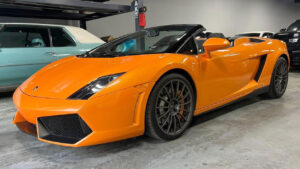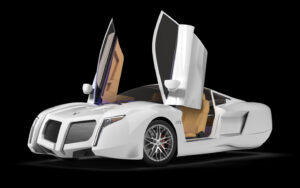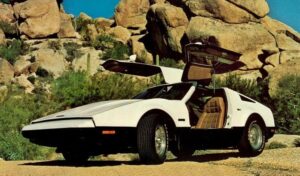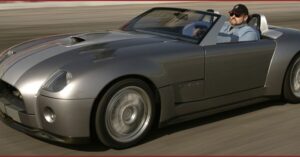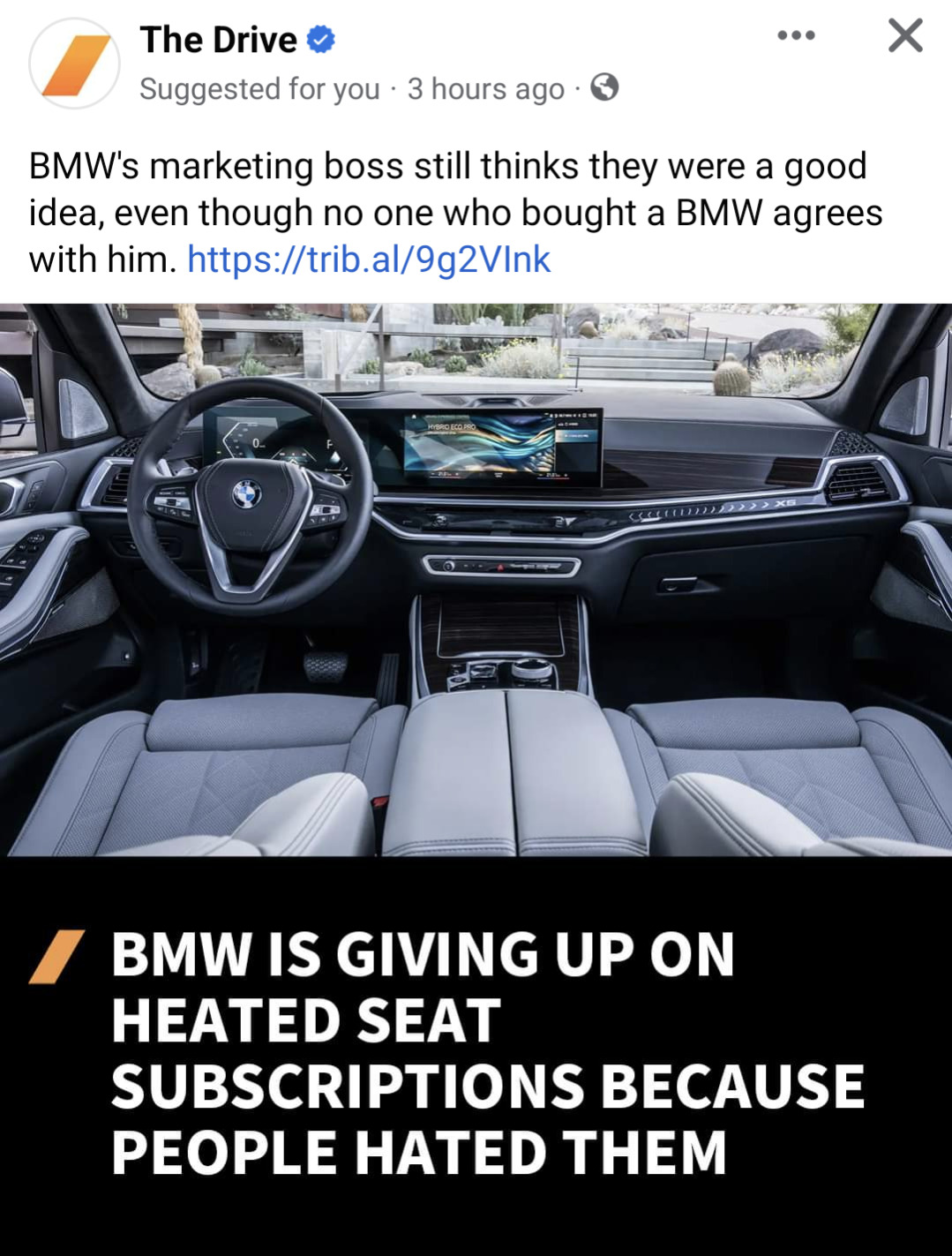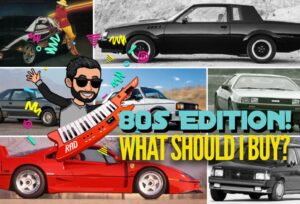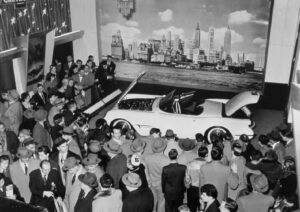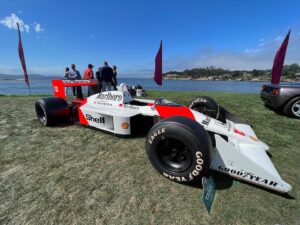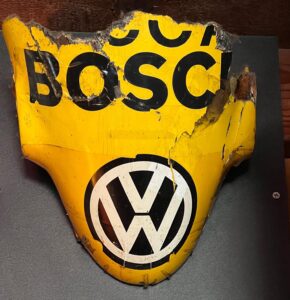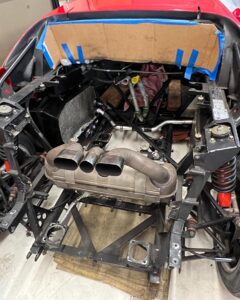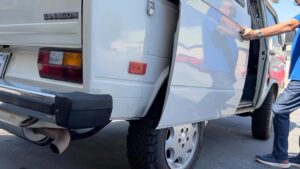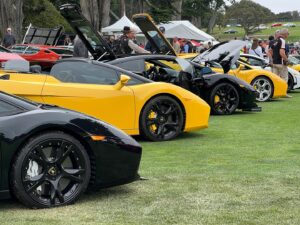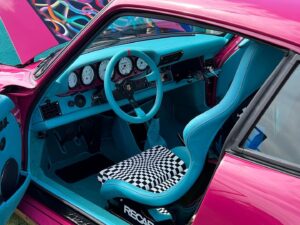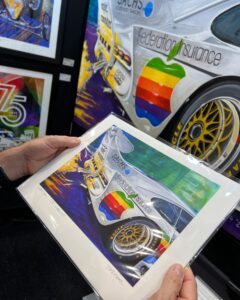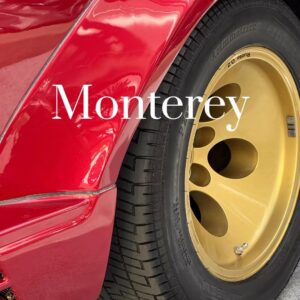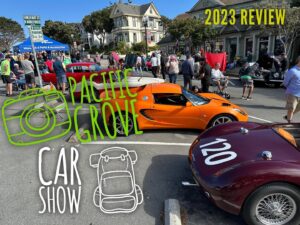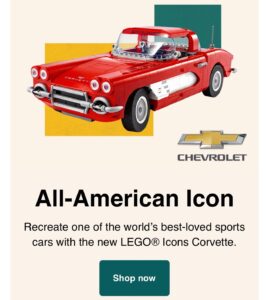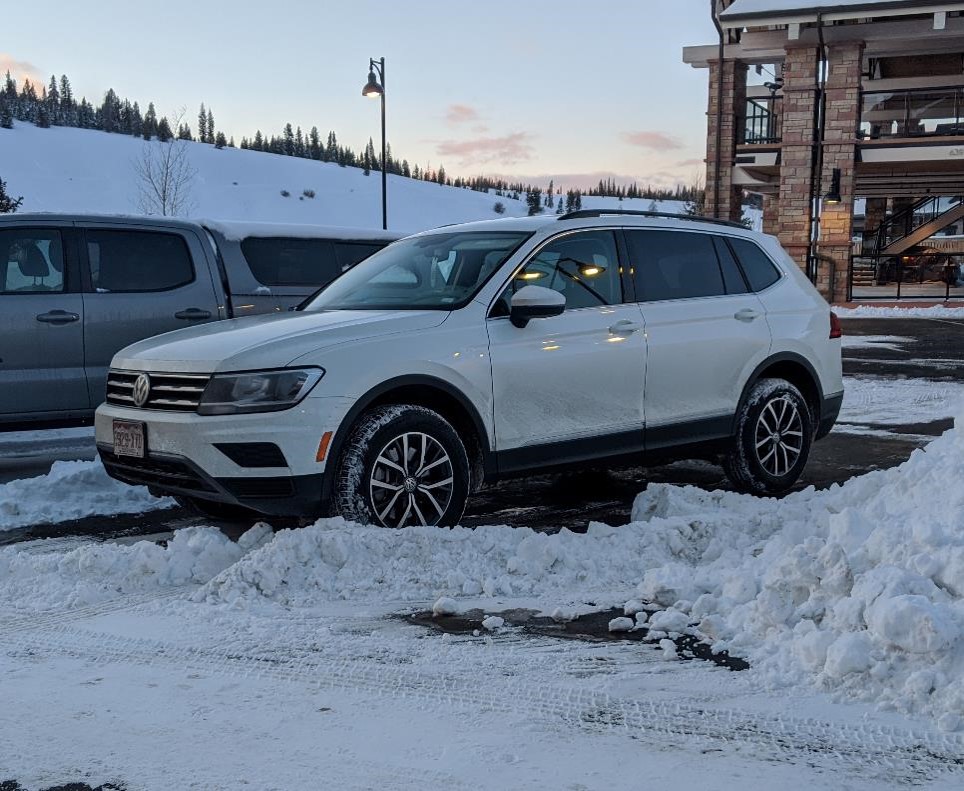The mountains called, and of course I picked up the phone. Destination: the Centennial State – Colorado, to partake in some recreational snow sport – aka skiing! #skiclub.

Its been many years since I’ve returned to Colorado, especially for skiing, it eventually had to happen. What always seemed to be off-putting is the distance from Denver to the resorts. 2-3 hours isn’t really that big of a deal… as long as the atmospheric conditions are favorable. The first trip I ever took fared pretty well on the drive in. It was a late arrival which meant rental car choices were scarce, and all the four wheel drives were gone. The only vehicle left was actually a 2014-ish VW Jetta wagon (at least it had plenty of space for 4 passengers + multiple skis in the trunk). Car in hand, the group headed to the mountain arriving in the wee morning hours with a smooth ride. My ignorance was bliss at the time. The ride back to the airport several days later in the middle of the afternoon? Complete 180. Having left the mountain base which was a sunny 70 degrees, it seemed like the drive back would be a breeze.
Unfortunately, Colorado weather can be highly variable across the passes. And a breeze it was not. In fact, there was a bit of a snow storm raging, which closed the highway and diverted drivers (not uncommon) until conditions improved. Luckily I did not have to deal with exiting the highway and sitting in some random rest stop parking lot. However, the drive was a bit grueling, crawling along the highway in several inches of snow and slush climbing up and down grades of 5-6%, in a front wheel drive. Thankfully the hefty VW wagon did quite well and we never got stuck, even having to stop and start on steep hills – the same couldn’t be said for some other FWDs.
>> Fast forward 6 years!
I hemmed and hawed a bit about going to Colorado for this trip and whether to rent a car or use the shuttle system from the airport to the mountain. In the end, I opted for a rental given where I was lodging and my flight times, I wanted the flexibility to be on my own time. Not unlike the last trip, I arrived at the rental car facility hoping for a four wheel drive! Only to be disappointed to see my choices were Dodge Caravan, Dodge Caravan, Dodge Caravan, Nissan Altima… oh wait! – there was a VW Passat! Which I debated for a second, until another traveler swooped it up. Looking at my choices, I was probably going to go with the mini-van figuring “big and heavy” would probably be more helpful in the snow. Disappointed, I stood around waiting for my friends to meet me before completely claiming the burgundy Dodge Caravan. Taking what seemed like an exorbitant amount of time, my friends finally meandered over. We all looked around the lot, shrugged, and said: alright (sigh). Just as I was about to start loading my skis into the van, I took one last look over my shoulder, and “aaahhhhhhh” what a site to behold! A VW Tiguan!? Can it be??
As it passed by to pull into an adjacent spot, the beautiful badge in the back right corner displaying “4Motion” was a siren call. And for those that don’t know, 4Motion is VW speak for “AWD.” I quickly skipped over to the car, pouncing on the employee driving it – “is this available!?!” Indeed it was, and I quickly staked my claim. #emeraldaisle. Beep beep! Let the trip begin!
Before I get straight to the heart of the matter – the good and not so good of the 2020 VW Tiguan 4Motion…
Let me interject a disclaimer. As I’ve mentioned in other articles – I do not daily an SUV, my experiences are all short-term drives by way of rentals, and my current position in life does not necessitate me needing one. I’m quite accustomed and prefer “smaller” hatchbacks for daily use. Can I understand and respect the utility an SUV can bring? Sure.
Its exactly that utility which I coveted for potential snowy conditions in Colorado – heavy, raised off the ground, all-wheel drive. Having said all that, the Tiguan is not actually an SUV, but a compact crossover, known as a CUV. I never really cared for this distinction until driving the Tiguan. It’s a large vehicle – a CUV is still an SUV in my eyes. But, what is the difference you might ask? Quite simply – an SUV uses a truck chassis, while the more compact CUV is based off a car platform. (“Body on frame” vs “unibody.”) What this means is that the compact crossover will perform more like a car and less like a Conestoga wagon. (I kid.)
This differentiation stood out to me – finally – after driving the Tiguan, it really felt more like a car – a large car – and for me, I like that car feel very much. It was comfortable and stable. Cruising around highway bends at 70 mph didn’t feel like you were piloting a water bed ready to hurl you into the adjacent lane. The steering was surprisingly responsive and heavy. The overall ride was not overly soft, nor overly rigid – though, I drive very stiff cars so my tolerance is quite high in this regard.
The interior was standard VW layout – simple, but functional.
Knobs and buttons were in their “appropriate places” as the VW engineers would say, as well as accessible and familiar – if you’re used to VWs. This particular model was upgraded with faux-leather seats, a nice upgrade from the standard cloth. The cabin space was a perfect size for a person of my stature. I didn’t feel as though I was swimming around. I had just enough room to be comfortable, but not too little to feel cramped. The seats had just enough bolster to gently hug you, giving more of that “car-like” feel.
Visibility was quite excellent whichever way your head turned. Huge blind spots created by poorly designed A, B, or C pillars were non-existent; and the roof-line doesn’t allow for oddly shaped glass serving no purpose other than reducing visibility like you see on many other CUVs.
One feature that I thought was well designed were the blind spot monitors. A lot of cars I’ve ridden in situate the tiny indicator light in the side mirror at the end farthest way from the driver. I find myself easily able to filter this light out, at which point, it might as well not be there. Which is fine because none of my cars have this fancy new age technology, so I do not rely on it. However, the engineers positioned the indicator light on the Tiguan on the mirror housing itself and the light is quite a bit larger than what you might be accustomed to on your SUV. I actually found the light to be better positioned for my peripheral vision while managing to not be a nuisance. I would market it as: a subtle glow that catches your attention without eliciting an overt reaction.
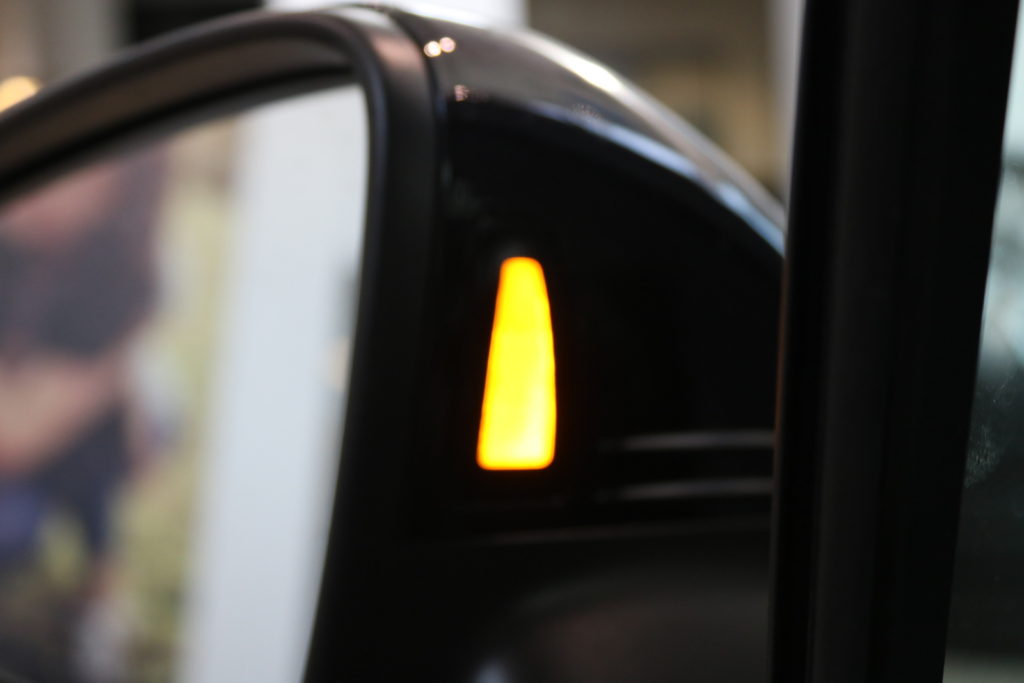
Cargo space was quite good and I was able to take advantage of the folding center section of the back seat to lay my skis nicely in the trunk (below, right) without infringing much on any backseat passengers. What this really means is the Tiguan is designed with a flexible interior, instead of a classic 60/40 split, allowing you to choose which second row seats get folded down – 1, 2, or all 3. For additional passenger comfort, the second-row seats are adjustable forwards and backwards, which is a unique carry over from the original (smaller) Tiguan. The Tiguan also has “third row seating” making it a 7-seater, if need be. Since this would have been 4 more seats than needed on my trip, I never raised the row, and can’t comment on how cramped a passenger may feel back there. All of these interior aspects actually set the Tiguan apart from other compact crossovers which don’t have such flexibility.
The Tiguan handled the snow quite well … even though it may have only been several inches deep.
Forward motion was immediate with no slippage. Out of curiosity I did turn the traction dial to “snow” while driving around a bit. As expected, it dials back the application of throttle attempting to save the driver from themselves. Good traction could also be attributed to tires, however, until now I hadn’t heard of the Singaporean brand “Giti Tire,” so I can’t make too many judgments on quality and performance. Overall they felt adequate, however, I never put them through any of “GTM’s type of rigorous testing.” #tracktrucks.
Car & Driver claims fuel economy of 32-33 mpg (highway) for the Tiguan, while EPA puts it around 29 mpg. Apparently, that’s good and beats out rivals in its class. I didn’t track my mileage religiously, but a rough calculation of routes and how many gallons I refilled the tank with, put me at just over 27 mpg. A little down from the stated economy, but then again the “real-world test” and EPA testing probably doesn’t account for 5-6% road grades across mountains. So perhaps the big-little Tiguan didn’t do so bad. What surprised me at the pump was that the fuel lid specified a minimum of mid-grade gasoline! Given today’s fancy fuel injection and knock sensors, I was completely expecting regular to be the minimum. But for a small turbo-charged engine, this is better than requiring Premium like in the older VWs I’m accustomed to.
A bit disappointing was the lack of pep in the Tiguan’s step, noticeable through sluggish takeoffs. I never really tried to take off (hard) in the Tiguan, as the sense under normal acceleration was that it just wasn’t going to be that exciting. There’s still plenty to get you up and over posted speed limits, should you so choose. Though the ride was quite smooth and steering felt responsive under highway cruising and in-town meandering, my suspicion is that the body roll would rear its unwanted head with more spirited driving. One could argue “why are you trying to drive it like a GTI?” – That’s not what its meant for.
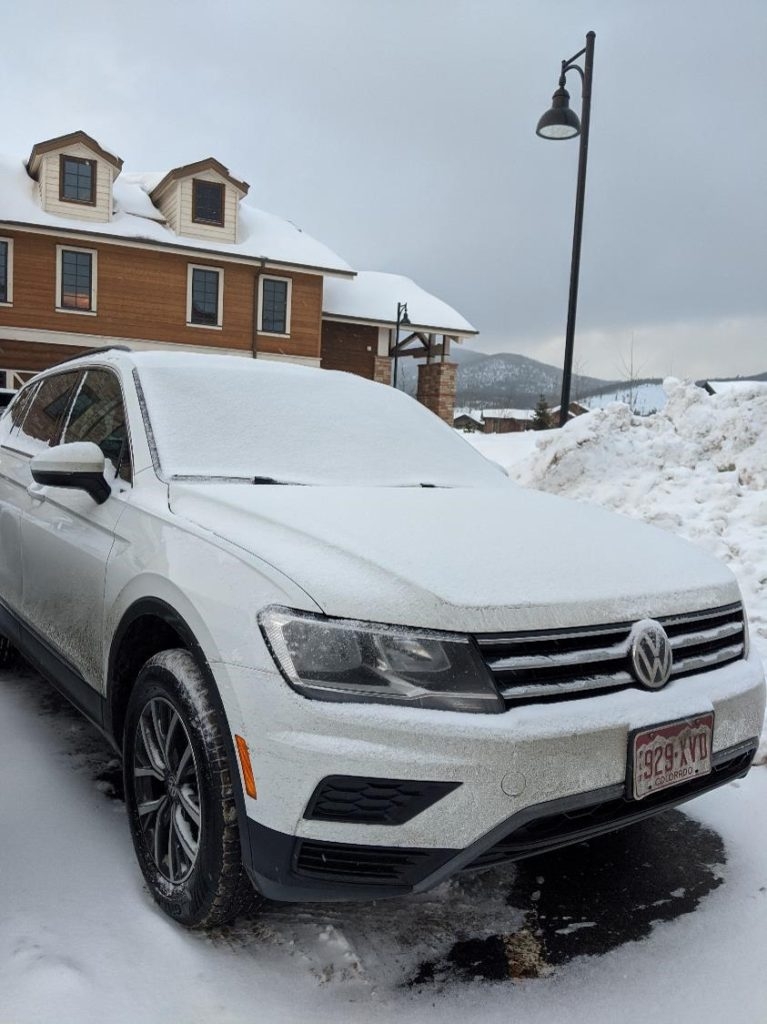
All in all the car felt like unpretentious luxury. Its not aiming to be a luxury car, but manages to say “I could be if I wanted to be, but let’s keep it real.”
Overall, I rather enjoyed my brief time with the Tiguan. If I were to ever be in the market for a CUV/SUV, the Tiguan would definitely be on my list of considerations. If only it had a towing capacity greater than 1500 lbs… oh well. As tested, price tag for SE 4Motion edition: $28K starting price, Specs: 2.0L turbo charged 4-cylinder engine capable of 184 HP, 221 lb-ft of torque. 8 speed automatic transmission. 3847 pound curb weight.
Until next time, #safetravels








